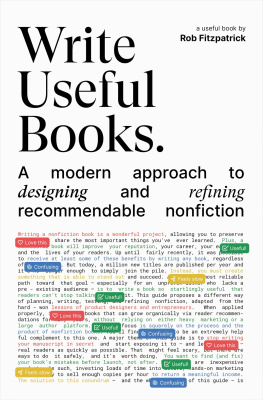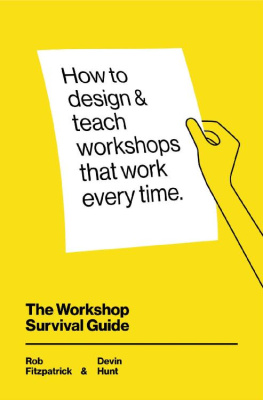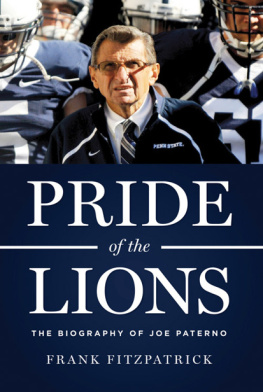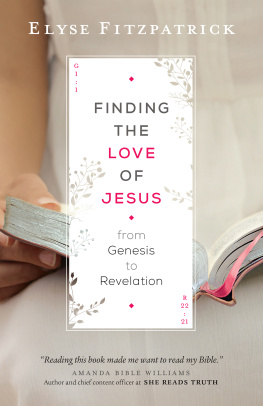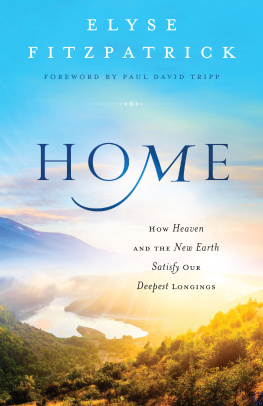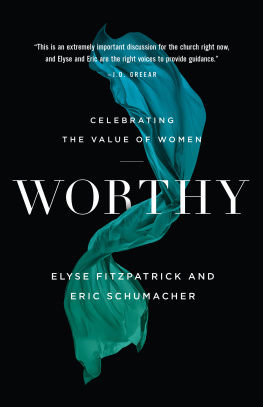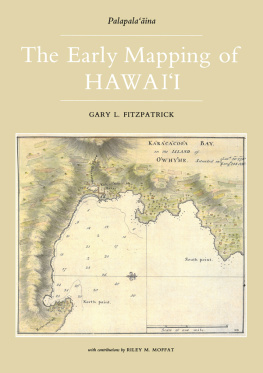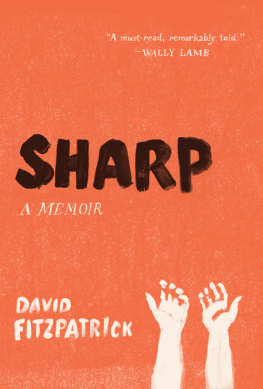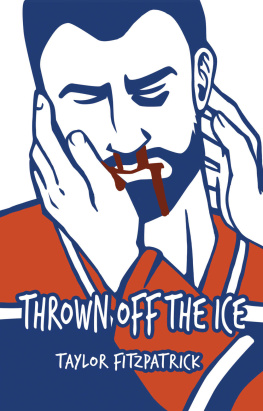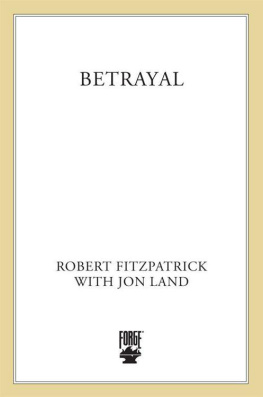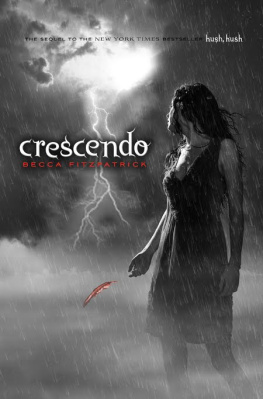Rob Fitzpatrick - Write Useful Books
Here you can read online Rob Fitzpatrick - Write Useful Books full text of the book (entire story) in english for free. Download pdf and epub, get meaning, cover and reviews about this ebook. publisher: Useful Books Ltd, genre: Romance novel. Description of the work, (preface) as well as reviews are available. Best literature library LitArk.com created for fans of good reading and offers a wide selection of genres:
Romance novel
Science fiction
Adventure
Detective
Science
History
Home and family
Prose
Art
Politics
Computer
Non-fiction
Religion
Business
Children
Humor
Choose a favorite category and find really read worthwhile books. Enjoy immersion in the world of imagination, feel the emotions of the characters or learn something new for yourself, make an fascinating discovery.
- Book:Write Useful Books
- Author:
- Publisher:Useful Books Ltd
- Genre:
- Rating:4 / 5
- Favourites:Add to favourites
- Your mark:
- 80
- 1
- 2
- 3
- 4
- 5
Write Useful Books: summary, description and annotation
We offer to read an annotation, description, summary or preface (depends on what the author of the book "Write Useful Books" wrote himself). If you haven't found the necessary information about the book — write in the comments, we will try to find it.
Rob Fitzpatrick: author's other books
Who wrote Write Useful Books? Find out the surname, the name of the author of the book and a list of all author's works by series.
Write Useful Books — read online for free the complete book (whole text) full work
Below is the text of the book, divided by pages. System saving the place of the last page read, allows you to conveniently read the book "Write Useful Books" online for free, without having to search again every time where you left off. Put a bookmark, and you can go to the page where you finished reading at any time.
Font size:
Interval:
Bookmark:
All rights reserved.
Useful Books Ltd, June 2021
Writing a nonfiction book is a wonderful project, allowing you to preserve and share the most important things youve ever learned. Plus, a successful book will improve your reputation, your career, your earnings, and the lives of your readers.
Up until fairly recently, it was possible to receive at least some of these benefits by writing any book, regardless of its quality. But today, a million new titles are published per year and its no longer enough to simply join the pile. Instead, you must create something that is able to stand out and succeed. And the most reliable path toward that goal especially for an unproven author who lacks a pre-existing audience is to write a book so startlingly useful that readers cant stop talking about it.
This guide proposes a different way of planning, writing, testing, and refining nonfiction, adapted from the hard-won lessons of product designers and entrepreneurs. When applied properly, it leads to books that can grow organically via reader recommendations for many years, without relying on either heavy marketing or a large author platform.
Our focus is squarely on the process and the product of nonfiction books. For advice about writing the prose itself, I recommend On Writing Well, by William Zinsser. Youll find that book to be an extremely helpful complement to this one.
A major theme of this guide is to stop writing your manuscript in secret and start exposing it to and learning from real readers as quickly as possible. That might feel scary, but there are ways to do it safely, and its worth doing. You want to find (and fix) your books mistakes before launch, not after.
I suggest reading this guide sequentially from start to finish. Its quite short and the concepts build on each other. But if youd prefer to skip around, heres whats coming up:
- Chapter 2 designing your books foundations for long-lasting recommendability and organic growth
- Chapter 3 using reader conversations to begin testing and improving your book before it has been written, saving future rewrites and verifying that youre on the right path
- Chapter 4 improving your books engagement, readability, and value-per-page through the lens of reader experience
- Chapter 5 the practicalities of working with beta readers, including how to find, recruit, and manage them
- Chapter 6 continuing with beta readers, well look at the most valuable feedback they can provide and how to use it to make a better book
- Chapter 7 four reliable marketing options to find your first 1,000 readers and seed organic growth
- Chapter 8 tactical tips for optimizing the sales, profitability, royalties, and growth of a finished title
- Youll also find an Interlude and Appendix addressing common questions about the tasks, timelines, and tools of writing and publishing a book
If youd like to say hello, Im rob@robfitz.com or @robfitz on Twitter. Additional resources, interviews, and our authors community are at writeusefulbooks.com.
Back in 2013, I wrote a short book called The Mom Test that taught entrepreneurs how to gather better customer feedback. In its first month, it earned a paltry $535. Eight years later, thanks to steady word of mouth, it has passed $12k in monthly royalties and continues to grow. Its now taught at universities like MIT, Harvard, and UCL; recommended by startup accelerators like YCombinator and Seedcamp; and used as a training manual at a wide range of businesses. It has hit #1 in most of its Amazon categories and has been translated by enthusiastic readers into nearly ten languages. All of this happened while I was largely ignoring the book and doing approximately zero active marketing.
I self-published, had no editor or professional help, and launched a book full of typos. And yet, despite its many flaws, the book has proven both profitable and long-lasting, earning more than $500k in total royalties thus far. The first six years growth in monthly profits (up until $10k per month) is shown in the graph below. Youll notice that there was no big launch or magic bullet just a steady, organic climb:
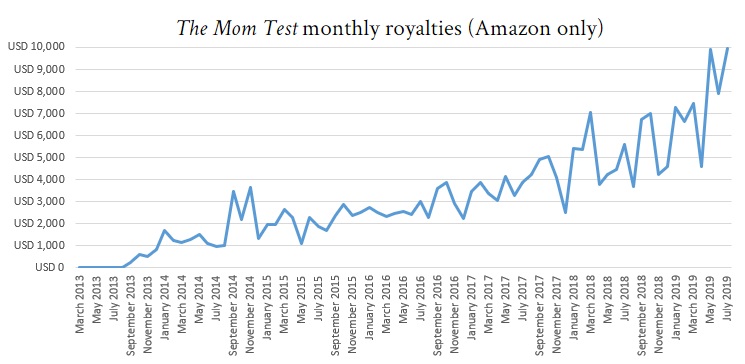
Up and to the right is an unusual shape for the sales of a book, with most nonfiction titles (including bestsellers) peaking within the first twelve weeks and then falling off a cliff:
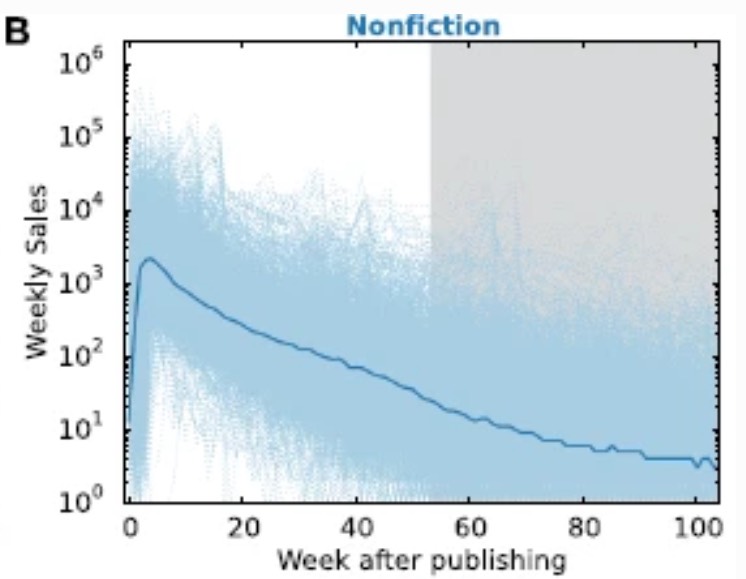
In 2019, I released my second book, The Workshop Survival Guide (coauthored with Devin Hunt), about designing and teaching educational workshops. While its final success is still too early to call, it appears to be following a similar trajectory to The Mom Test, except better. Its sales at month five were the same as The Mom Tests at year five and it now generates a steady several thousand per month in royalties, again without any hands-on marketing. (Ill explain exactly how and why this works throughout the rest of this guide.)
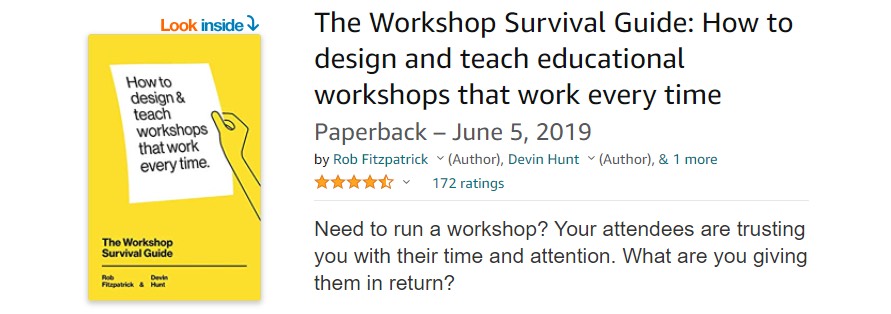
As a small disclaimer, there are countless ways to write a great book and plenty of great authors who do the exact opposite of what Im about to advise. Thats all fine. Im not trying to create a grand unified theory of books or to say that anyone elses way is wrong. I just want to shine a light on a path that leads reliably toward creating nonfiction that is successful, impactful, and recommendable. And in the traditionally hit-driven, feast-or-famine world of books, theres something to be said for reliability.
The goal of book marketing is to stop needing to do it.
Books are inexpensive products. As such, investing loads of time into active, hands-on marketing is unlikely to sell enough copies per hour to return a meaningful income. The solution to this conundrum and the whole premise of this guide is to design something so useful that readers cant help but recommend it.
As such, I invest practically 100% of my effort into creating the most useful book possible testing it with real readers at every step and treat marketing as largely an afterthought. Not because marketing isnt important, but because marketing a useful book is the easiest thing in the world.
Youll still need to grind your way toward reaching the first several hundred readers yourself, which does involve some hands-on effort. Without that original seed audience, there would be nobody able to recommend your book and organic growth couldnt happen. But this initial seed marketing is a temporary task, requiring somewhere between a few weeks and a few months of part-time labor.
Once your books audience has been seeded, you may optionally decide to continue hustling to accelerate its growth and impact. But if you would prefer to spend your time on other activities, then youll be happy to hear that for properly designed nonfiction, ongoing marketing becomes an option rather than an
Font size:
Interval:
Bookmark:
Similar books «Write Useful Books»
Look at similar books to Write Useful Books. We have selected literature similar in name and meaning in the hope of providing readers with more options to find new, interesting, not yet read works.
Discussion, reviews of the book Write Useful Books and just readers' own opinions. Leave your comments, write what you think about the work, its meaning or the main characters. Specify what exactly you liked and what you didn't like, and why you think so.

